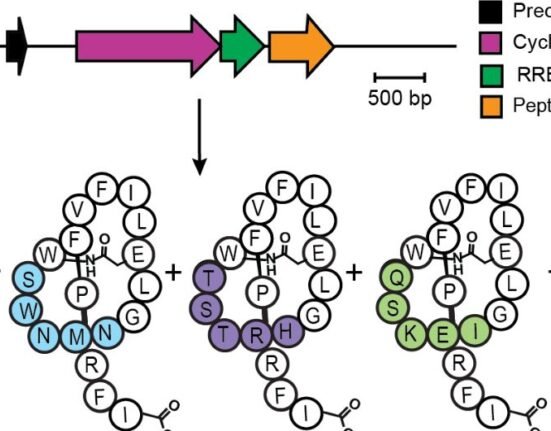HQ Team
November 15, 2025: Tuberculosis (TB), an ancient disease that has plagued humanity for millennia, remains a formidable global health crisis. Despite being preventable and curable, it continues to be the world’s leading infectious killer, claiming millions of lives and devastating communities, particularly in low- and middle-income countries.
The most recent data presented by the World Health Organisation paints a stark picture. In 2024, an estimated 10.7 million people fell ill with TB globally, and 1.23 million people lost their lives to it (including 150,000 people living with HIV). These figures underscore TB’s grim distinction as the top cause of death from a single infectious agent, ranking among the top 10 causes of death worldwide.
The disease does not affect all regions equally. The WHO South-East Asia Region bears the heaviest burden, accounting for 34% of new cases, followed by the Western Pacific (27%) and the African Region (25%). Just eight countries account for two-thirds of the global total, highlighting the concentrated nature of the epidemic. The top five high-burden countries are India (25%), Indonesia (10%), the Philippines (6.8%), China (6.5%), and Pakistan (6.3%).
India’s battle with TB
As the country with the highest absolute burden, India’s fight against TB is critical to the global effort. The Indian government has launched an ambitious National Strategic Plan with the goal of eliminating TB by 2025, a full five years ahead of the global Sustainable Development Goal target. According to India’s 2024 Annual TB Report, the country notified over 2.4 million TB cases in 2023. A significant achievement has been the increase in notification from the private health sector, which accounts for a substantial portion of initial care-seeking.
India has also scaled up the use of molecular diagnostic tests like CBNAAT and Truenat, which provide rapid and accurate results, crucial for early detection. Furthermore, the government’s Ni-kshay Poshan Yojana scheme provides nutritional support of ₹500 per month to every notified TB patient, addressing the critical link between undernutrition and TB. Despite these efforts, challenges remain, including catastrophic out-of-pocket expenses for families and the rising threat of drug-resistant TB.
The twin threats: HIV and drug resistance
The synergy between TB and HIV is lethal. People living with HIV are 12 times more likely to develop active TB disease. In 2024, TB was the leading killer of people with HIV, claiming approximately 150,000 lives. While collaborative activities have averted an estimated 9.8 million deaths since 2005, in 2024, only 61% of people living with HIV who developed TB received antiretroviral therapy.
Meanwhile, Multidrug-resistant TB (MDR-TB) represents a public health crisis and a health security threat. MDR-TB, which does not respond to the two most powerful first-line drugs (rifampicin and isoniazid), is treatable but requires longer, more expensive, and more toxic regimens. Alarmingly, in 2024, only about 2 in 5 people with drug-resistant TB accessed treatment. The silver lining is the rollout of newer, shorter, all-oral regimens like BPaLM/BPaL, which, at 6 months, offer a more manageable and effective cure for many.
The path forward: Investment and innovation
The global response is at a critical juncture. An annual investment of US$ 22 billion is required for TB prevention, diagnosis, treatment, and care to meet 2027 targets. However, funding falls drastically short. In 2024, most spending (82%) came from domestic sources in affected countries, but international donor funding has stagnated at around US$ 1.1 billion since 2015. Financing for TB research and innovation was just US$ 1.2 billion in 2023, far below the annual US$ 5 billion target needed to develop new vaccines, drugs, and diagnostics.
The World Health Organization (WHO) continues to lead the global response, emphasizing rapid diagnostics, preventive treatment, and shorter, more effective drug regimens. However, ultimate success hinges on political will, increased investment, and addressing the social determinants of health—like poverty, undernutrition, and diabetes—that fuel the TB epidemic.








